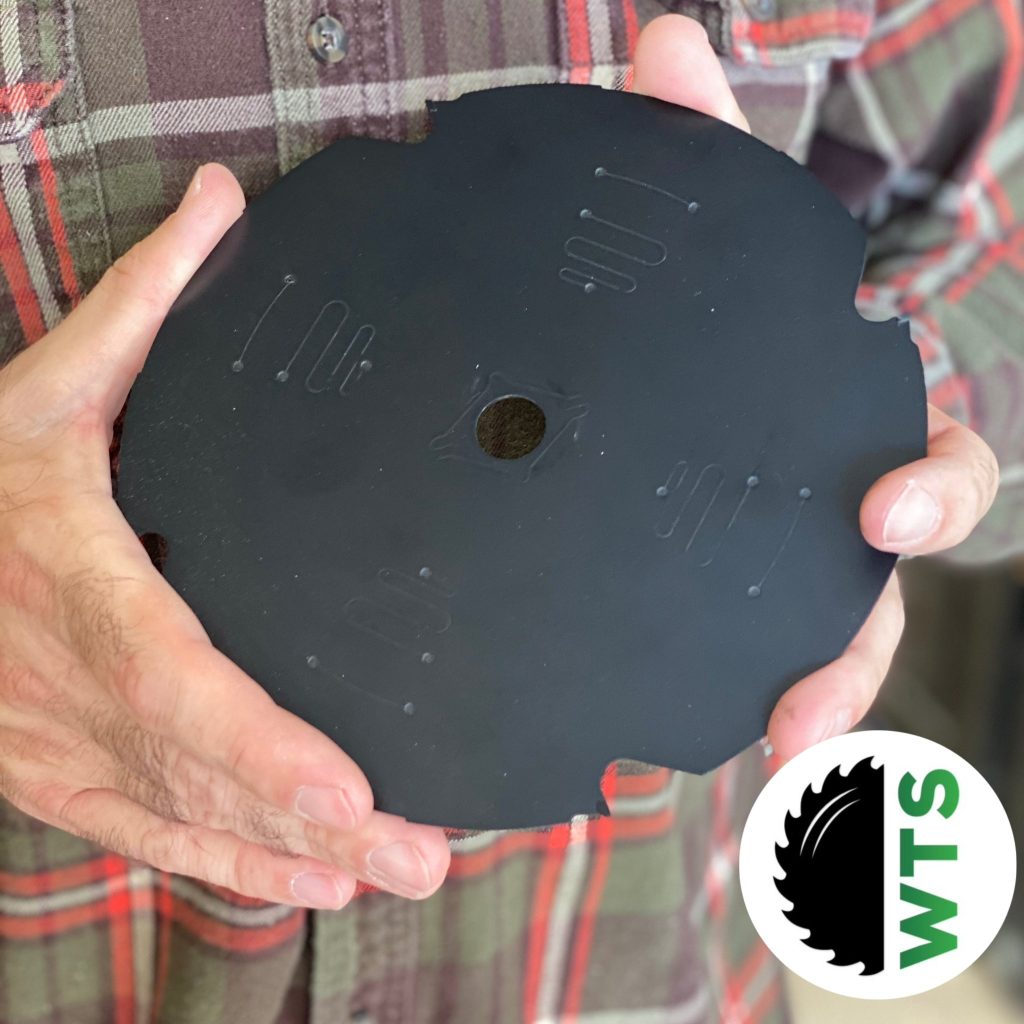
Fiber Cement Blades: The Ultimate Guide to Cutting Through Tough Materials
Share
If you've ever tackled a project involving Fiber Cement or other strong materials, you know the importance of having the right tools. This is where Fiber Cement Blades: the ultimate guide to cutting through tough materials comes into play. These blades are specially designed to handle the rigors of cutting through dense and abrasive materials, making your projects more efficient and your results more precise.
Introduction to Fiber Cement Blades
In the world of construction and DIY, precision and durability are paramount. That's why understanding the tools at your disposal can make all the difference. Fiber cement blades are an essential component for anyone dealing with construction materials such as fiber cement boards like Hardiebacker boards, which are known for their strength and resilience.

What Are Fiber Cement Blades?
Fiber cement blades are specialized cutting blades designed to slice through fiber cement boards with ease. These blades are engineered to withstand the hard, abrasive nature of fiber cement materials, ensuring that cuts are clean and precise. They differ from regular saw blades in both material composition and design, which we'll explore in more detail later.
Why Use Fiber Cement Blades?
Using a fiber cement blade tailored to your material is crucial for efficiency and safety. Regular blades can quickly dull or become damaged when used on fiber cement, leading to uneven cuts and potential safety hazards. Fiber cement blades, however, provide a smoother and more controlled cutting experience, reducing the wear and tear on both the blade and the user.

Key Features of Fiber Cement Blades
Understanding the features of these blades can help you choose the right one for your needs. Fiber cement blades are distinguished by their material composition and design, which contribute to their effectiveness and longevity.
Material Composition
The composition of a fiber cement blade is critical to its performance. These blades often feature Polycrystalline Diamond (PCD) tipped or carbide-tipped edges, each offering unique benefits. Diamond-tipped blades are known for their superior durability and ability to maintain sharpness over prolonged use, while carbide-tipped blades offer a more cost-effective solution without sacrificing too much in terms of performance.
Design and Durability
Design plays a significant role in the functionality of a fiber cement blade. The tooth configuration, gullet design, and blade thickness all contribute to how efficiently a blade can cut through tough materials. The durability of these blades ensures that they can withstand the harsh conditions of cutting through cement, providing consistent performance over time.

Types of Fiber Cement Blades
There are primarily two types of fiber cement blades: diamond-tipped and carbide-tipped. Each type is suited to different applications, and understanding the differences can help you make an informed decision.
Diamond-Tipped Blades
Diamond-tipped blades are renowned for their resilience and longevity. These blades are ideal for heavy-duty cutting tasks involving thick cement boards. The diamond tips provide exceptional hardness, allowing the blade to maintain its sharpness longer than other types. This makes them a great choice for projects requiring extensive cutting.
Carbide-Tipped Blades
Carbide-tipped blades offer a more affordable alternative while still delivering reliable performance. These blades are suitable for less intensive tasks and are perfect for those who may not need the extended lifespan of diamond-tipped options. They provide a good balance between cost and cutting capability.
Choosing the Right Blade for Your Project
Selecting the appropriate blade for your project can greatly influence your results. It's important to consider the specific materials you'll be working with and the scale of your project to ensure the best outcome.
Considerations for Different Materials
Different materials require different blade specifications. For instance, thicker cement boards may necessitate a diamond-tipped blade for optimal performance, while thinner boards could be effectively handled by a carbide-tipped blade. Assess the material thickness and density before making your choice.
How to Use Fiber Cement Blades Effectively
Maximizing the potential of your fiber cement blades involves not only choosing the right blade but also using it correctly. Proper usage ensures safety and enhances cutting efficiency.
Safety Tips and Precautions
Safety should always be your primary concern when using any cutting tool. Ensure you wear appropriate protective gear, such as safety goggles and gloves, to shield yourself from flying debris. Additionally, always secure the cement board properly before cutting to prevent any accidental movements.
Best Practices for Cutting
For optimal results, always follow the manufacturer's guidelines for blade usage. Maintain a steady hand and use a consistent cutting speed to avoid overloading the blade. Regularly inspect the blade for signs of wear and replace it if necessary to prevent damage to your materials and ensure clean cuts.

Maintaining and Caring for Fiber Cement Blades
Proper maintenance of your fiber cement blades can extend their lifespan and ensure consistent performance. Simple care routines can make a significant difference in how long your blades last.
Cleaning and Storage
After each use, clean your blade thoroughly to remove any cement residues or debris. This practice prevents buildup that can dull the blade over time. Store your blades in a dry, safe location to protect them from moisture and physical damage.
Sharpening and Replacement
Although fiber cement blades are designed to be durable, they will eventually require sharpening or replacement. Monitor your blade's performance, and when you notice a decline in cutting efficiency, consult a professional for sharpening or consider purchasing a new blade.
Common Problems and Solutions
Even with the best practices, you may encounter issues with your fiber cement blades. Understanding common problems and their solutions can help you address them promptly.
Dealing with Blade Wear and Tear
Over time, all blades experience some degree of wear. Regularly inspect your blade for signs of wear, such as chipped edges or reduced sharpness. Address these issues by sharpening the blade or replacing it if necessary to maintain optimal performance.
Troubleshooting Cutting Issues
If you encounter difficulties while cutting, such as binding or uneven cuts, check that your blade is appropriate for the material and thickness. Adjust your cutting technique or switch to a different blade type if required to resolve these issues.
In conclusion, fiber cement blades are a valuable tool for anyone working with fiber cement materials. Discover all our fiber cement blades and if you still need advice, write to us to: info@woodtoolingshop.com
